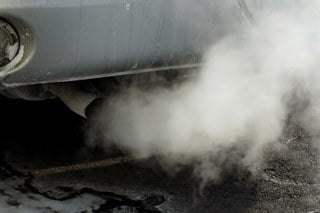Fleet managers have been left uncertain of how they can continue long-standing mandates on reducing their vehicles’ emissions while coming to terms with the new Worldwide harmonised Light vehicle Test Procedure (WLTP) that could see them increase overnight.
Key points in the debate at the Fleet200 at June's Company Car In Action event:
- Fleet operators are in a state of confusion over how to reduce fleet emissions in the current climate and many fear average CO2 emissions will rise.
- WLTP testing was believed to be the biggest hurdle for emissions reduction as new car emissions are now much higher than they were, giving fleets a challenge to maintain their current average over the next few years.
- Plug-in hybrids were still felt to be challenging for many fleets with strict policy required to ensure they are used correctly.
- One fleet switched to petrol last year but has now moved back to diesel having discovered that the real world NOX emissions were much lower for new diesels.
- Fleets felt there will always be a mixture of petrol, diesel and alternative power to suit varied types of driver.
- Diesel was felt to be the most suitable fuel for most applications.
- Car makers focus too much marketing about efficiency on retail buyers, leaving company car drivers confused – especially when communicating CO2 increases.
- The work done to promote lower NOX emissions was felt to be poorly communicated, by the manufacturers and the mainstream media.
- Fleets felt that residual values were still a major barrier for electric vehicles, especially for fleets that lease where vehicles are often calculated to be worthless at the end of a contract – bumping up prices.
- To promote the uptake of smaller or lower emission vehicles, some fleets offer drivers the opportunity to temporarily switch into a larger vehicle three-to-four times per year to suit their requirements.
- Fleets fear drivers will either be taxed out of the car of their choice or get fed up with waiting for clarity on taxation and opt for a cash option instead – often using and older, more polluting car.
READ MORE: What is WLTP and RDE?

















Login to comment
Comments
No comments have been made yet.